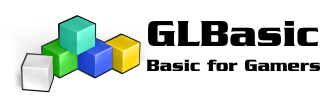They're not major issues, but I noticed some unusual behaviour with breakpoints
* If you're on a line prior to one with a breakpoint and you delete your current line, when the next line (with the breakpoint) moves up one line, the breakpoint disappears.
*If you're on a line with a breakpoint and in the first column and press enter, the breakpoint doesn't move down a line as it should.
* If you're on a line prior to one with a breakpoint and you delete your current line, when the next line (with the breakpoint) moves up one line, the breakpoint disappears.
*If you're on a line with a breakpoint and in the first column and press enter, the breakpoint doesn't move down a line as it should.



